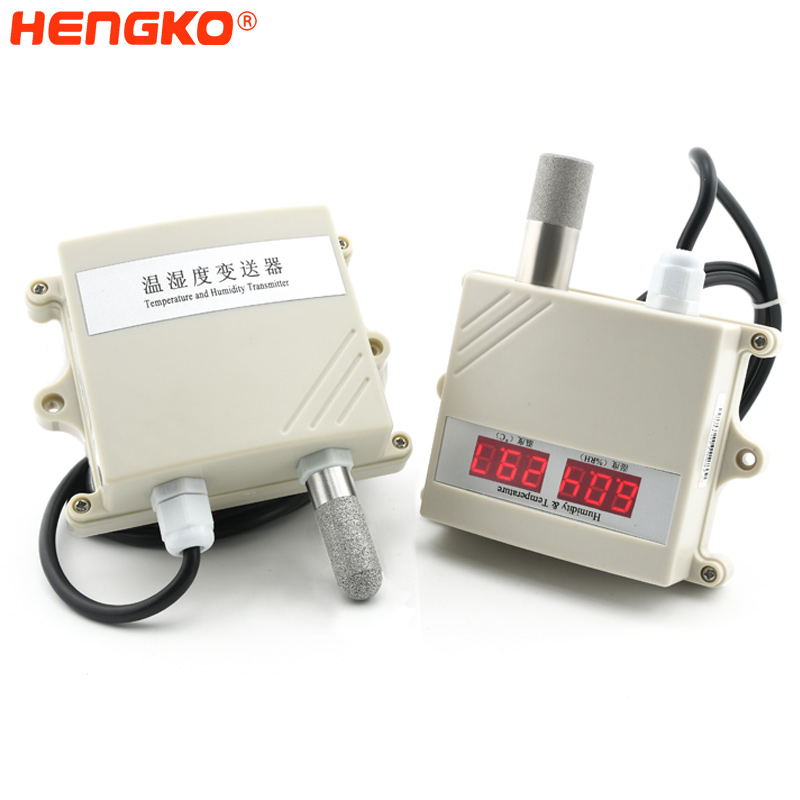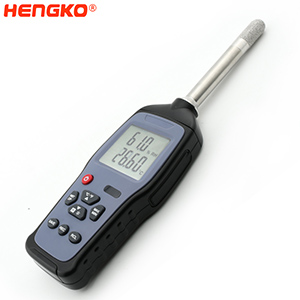Best Solution for Drift Problem of Temperature and Humidity Instruments
Most laboratory managers opt for well-designed scientific instruments.
However, even high-precision temperature and humidity measuring instruments may drift.
Figuring out where drift problems start can prevent potentially harmful consequences for operators and consumers.
First,What is Drift ?
Those who use scientific instruments probably know that the most common cause of instrument inaccuracies is drift.
Drift is defined as "a change in the value of an instrument reading or set point over time" and how it deviates from
a known standard (" accurate "reading). While some of the reasons why drift occurs may seem obvious, such as
the environmental influences in which it occurs, others are not well understood.
Second, The Instrument May Drift Reasons
1. Environmental environment: the environment is harsh, such as dust and pollution.
2. Laboratory relocation: Simple changes in the usual environmental conditions of the instrument may affect its performance. For example, after the lab is relocated, processes and experiments remain the same, but temperature and humidity sensors may suddenly measure different results.
3.Hazardous environment: In some production facilities and research laboratories, scientific equipment may not be able to work accurately due to the harsh environment. This may be due to instruments being used at extremely high or low temperatures, such as in freezers or ovens, or because they are exposed to hazardous substances, such as oil or corrosive materials.
4.Overuse or aging: sometimes the temperature and humidity transmitter cannot work properly, because it is too old, or because its use range is far beyond the range recommended by the manufacturer.
5. Power failure: even if there is a backup generator, the mechanical shock or vibration caused by sudden power failure will lead to different performance of the instrument. This is especially true when they are connected to the main power supply.
6. Human error: Errors can happen in many different ways -- an employee may accidentally drop an item, forget to clean or maintain it, or use it in an inappropriate environment or for a purpose other than another. Staff may also make errors when recording or transcribing results or readings.
Third, Solutions
The main way to ensure that your equipment is operating accurately is to ensure regular calibration to check for any errors or drifts.
Hengko has its own calibration laboratory. Using a mixture of precision digital equipment and comparators, as well as calibration software,
we can perform many requirements. If you need to carry out regular calibration by yourself, Hengko recommendsusing temperature and humidity handheld meter for calibration.
Through the CERTIFICATION of CE and Metrology Institute, with high precision, industrial grade and other advantages, high precision temperature and humidity probe,
readingstability, accurate, can be used to calibrate the fixed installation of temperature and humidity transmitter can accurately measure.
Hengko is deeply engaged in the field of industrial temperature and humidity measurement, and can know exactly why temperature and humidity measurement instruments fail,
and how to ensure the correct operation of your temperature and humidity equipment, all products are calibrated in accordance with the globally recognized standards.
Still Have Any Questions Like to Know More Details For the Humidity Monitoring Sensor , Please feel Free To Contact Us Now.
Also You Can Send Us Email Directly As Follow : ka@hengko.com
We Will Send Back With 24-Hours, Thanks for Your Patient !
Send your message to us:

